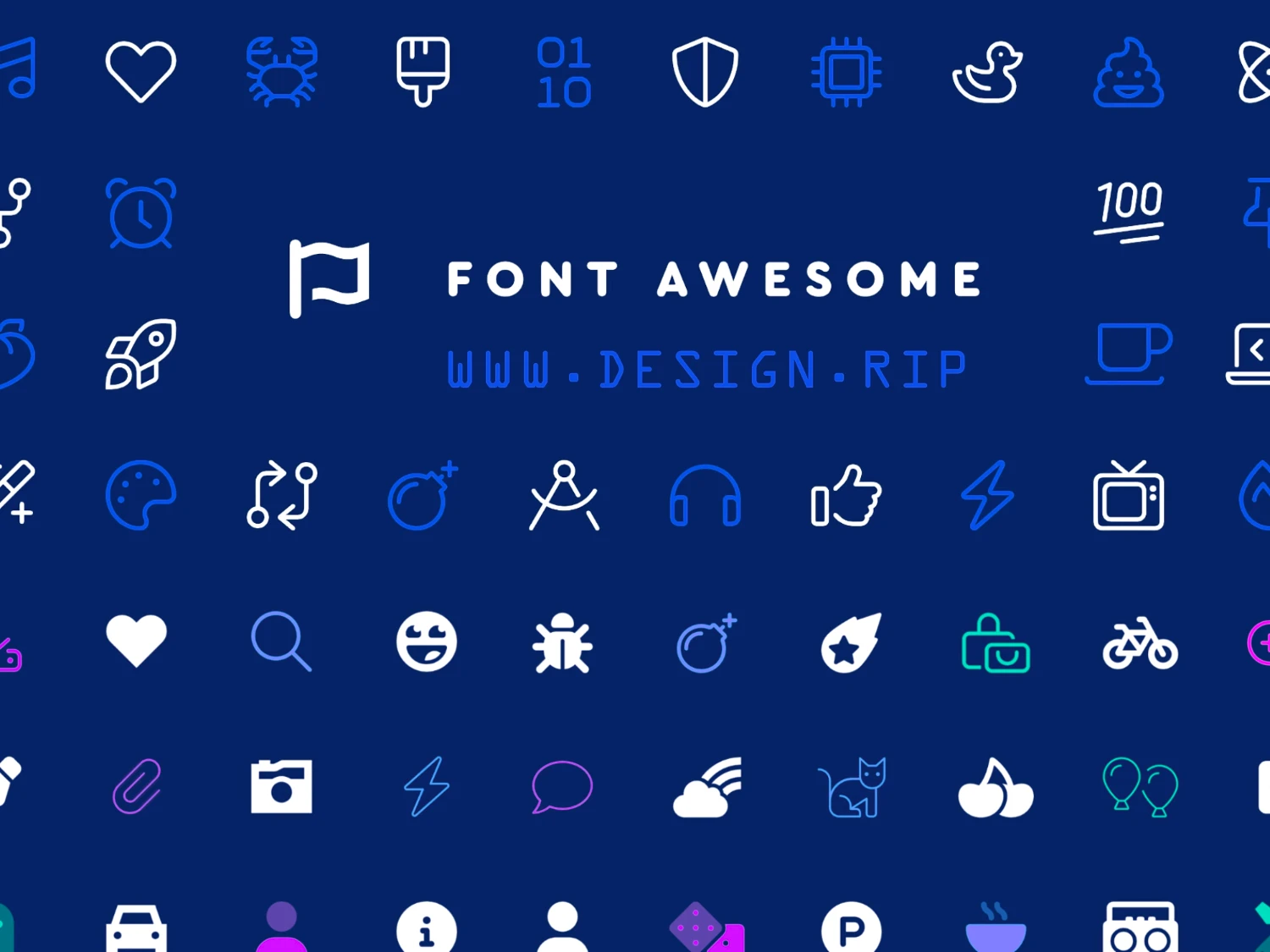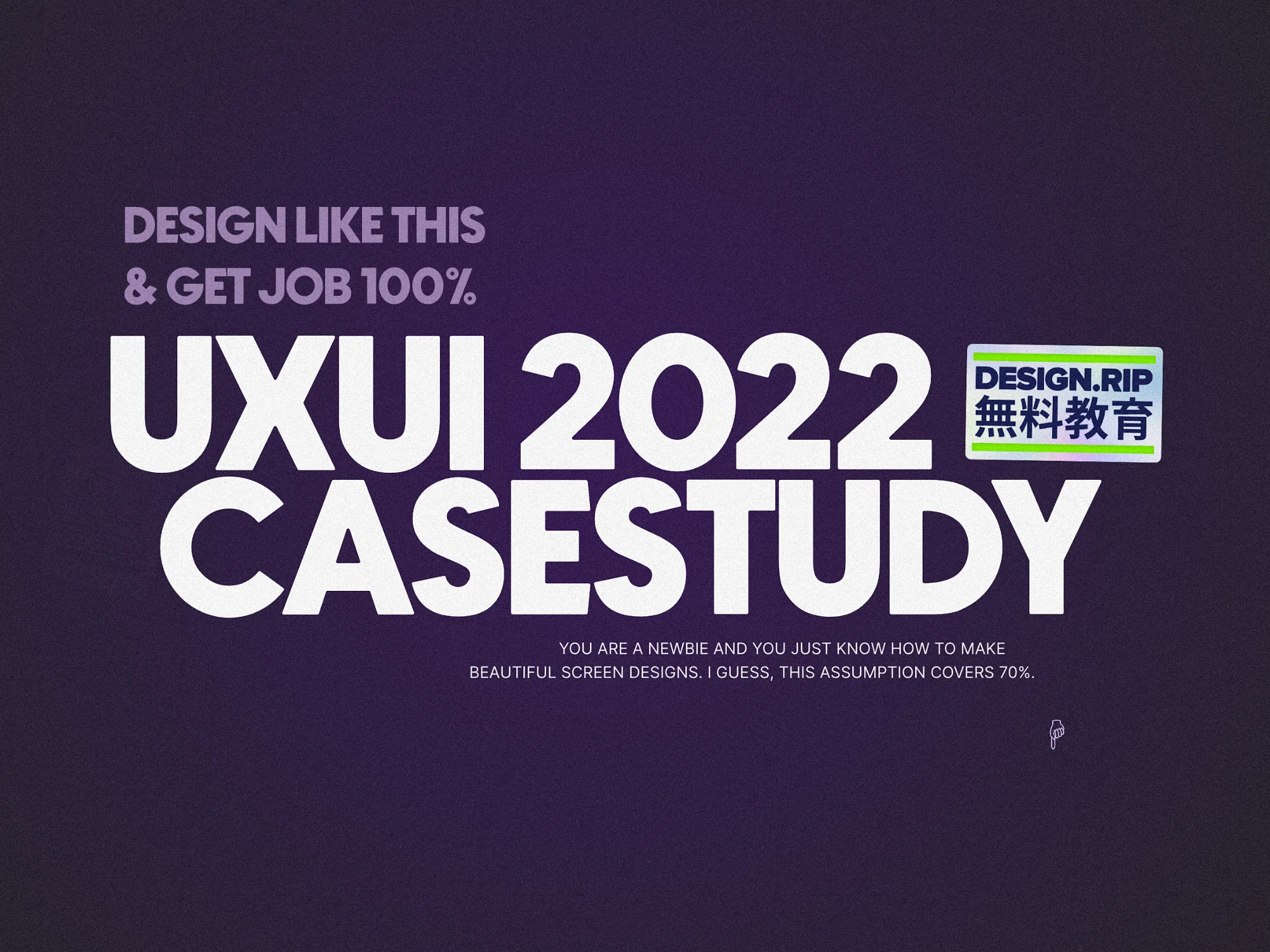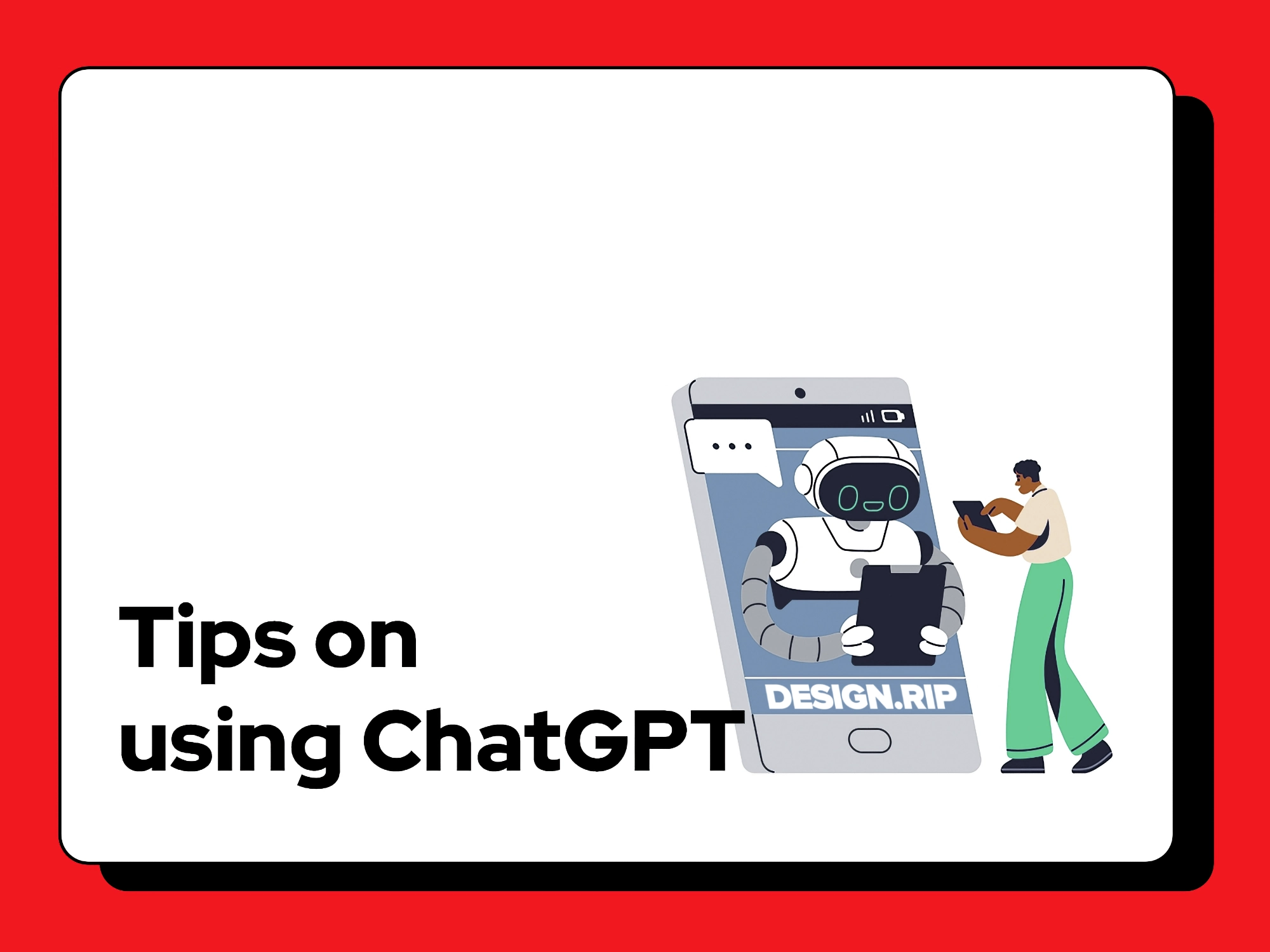4 easy steps for beginner UX/UI designers with zero knowledge
The weight of technology and mobile apps, in particular, has been increasing in our lives, which in turn provides digital designers with a broader occupation. But the profession is not all about university education, rather self-development.

“Design is really an act of communication, which means having a deep understanding of the person with whom the designer is communicating.”
― Don Norman, The Design of Everyday Things
Itis an experience of mine. As a person from very different expertise, I decided to master digital design and especially mobile app design, with a more technical title, UX & UI design.
There were certain reasons for me to take a turn to be a UX & UI designer alongside my original profession. First, I had a small amount of experience with Adobe design programs in my earlier life and I felt it would better to see the current developments. Secondly, UX & UI design jobs seemed highly fructuous from certain perspectives: Many employers are looking for UX &UI designers and the average income is better than many jobs. You may make money while traveling around the world. Finally, sticking with technology would be good.
I started to learn UX & UI design principles and tools while continuing my job. In other words, one can be a UX designer while she/he has another occupation. The sector does not want a degree or Diploma regarding mobile app design. On the contrary, some states that design-related university courses are far from market practices. No doubt the learning process necessitates time and hard work. That’s why if one works intensively or is busy too much with another work, it would be much harder to master UX & UI design.
In the UX & UI learning journey, one can meet different challenges and find different solutions depending on his/her learning style. But in general, here are the four general steps to be a UX & UI designer with no background.
“original ideas are the easy part. Actually producing the idea as a successful product is what is hard.” ― Don Norman, The Design of Everyday Things
1. Online Courses
The education sector has been affected deeply by the Covid-19 pandemic, and the online learning platforms (websites, apps) has been increasing with high acceleration. On the other hand, some online learning platforms have far more past and experience in the sector. Online education platforms including Udemy, Coursera, Careerfoundry, Skillshare have online courses regarding UX & UI design. To see a list of online courses, please take a look at this blog.
What I offer at the very beginning of your design career is taking Dr. Rosa Arriaga’s ‘Introduction to User Experience Design’ course on Coursera, which is free. It is specifically designed for beginners, not for mid-level learners.
2. Blog articles
Another important starting route to learn UX & UI design is to be exposed to related articles. A high portion of these articles involving knowledge and experience are free or have a very low price. You can also search from Google, but Medium is one of the best resources on the issue, with the publications including
The importance of the blog articles is born with its daily developments and practical guides on the sector. Moreover, it is positively surprising that there are so many guys who want to share their experiences. Reading first-hand experiences enables you to understand the bigger picture and feel more comfortable.
3. Samples
At the very beginning of the design career, the employers and freelance hirers want to see your portfolio in general. That is why it seems best to build your works while taking courses or practicing yourself. Many websites enable persons to show their own works. Some of them are;
On the other hand, this market rule gives the beginner designers a perfect opportunity to see and take inspiration from those portfolios. One can get many different points of view, see examples and what himself/herself is expected to do, and have an idea of his project. It is a kind of free brainstorming tool.
4. Looking Into Tools
After you had certain online courses, making a bunch of and of course enough blog readings, and seeing the other guys’ portfolios, you might need to choose whether to go on and take action. In design jobs, taking action is about starting to use tools to design. In the UX & UI design, Balsamiq, Figma, Adobe XD, Sketch, InVision Studio, Axure, Craft are the most known tools in the UX & UI design profession. As a beginner designer, one must take a look at these tools and find the best-fit one for himself/herself.
Concluding Remarks
As many designers from the UX & UI design sector state, anyone can be a professional in a few years provided that he/she works in the discipline. Considering the above-mentioned four steps, find the best time (but not far from now) to start to educate yourself with the opportunities of this age. Looking as a whole, there are two important principles to be successful in any profession including design: One is ambition and the other is practice. Ambition provides hard work and practice makes perfect.
What's Your Reaction?














![[VIP] DesignCode: Build Beautiful Apps with GPT-4 and Midjourney](https://design.rip/uploads/cover/blog/designcode-gpt4.webp)
![[VIP] AppCoda: Mastering SwiftUI - Professional Packet (Updated 04.2023)](https://design.rip/uploads/cover/blog/appcoda-mastering-swiftui-professional-packet-worth.webp)
![[VIP] AppCoda: Beginning iOS Programming with Swift (Updated 04.2023)](https://design.rip/uploads/cover/blog/appcoda-beginning-ios-programming-with-swift.webp)
![[VIP] Whoooa! 156 vector Lottie animations](https://design.rip/uploads/cover/blog/whoooa-156-vector-animations.webp)







![[VIP] Motion Sound Vol. 1](https://design.rip/uploads/cover/blog/designrip-svx.webp)



